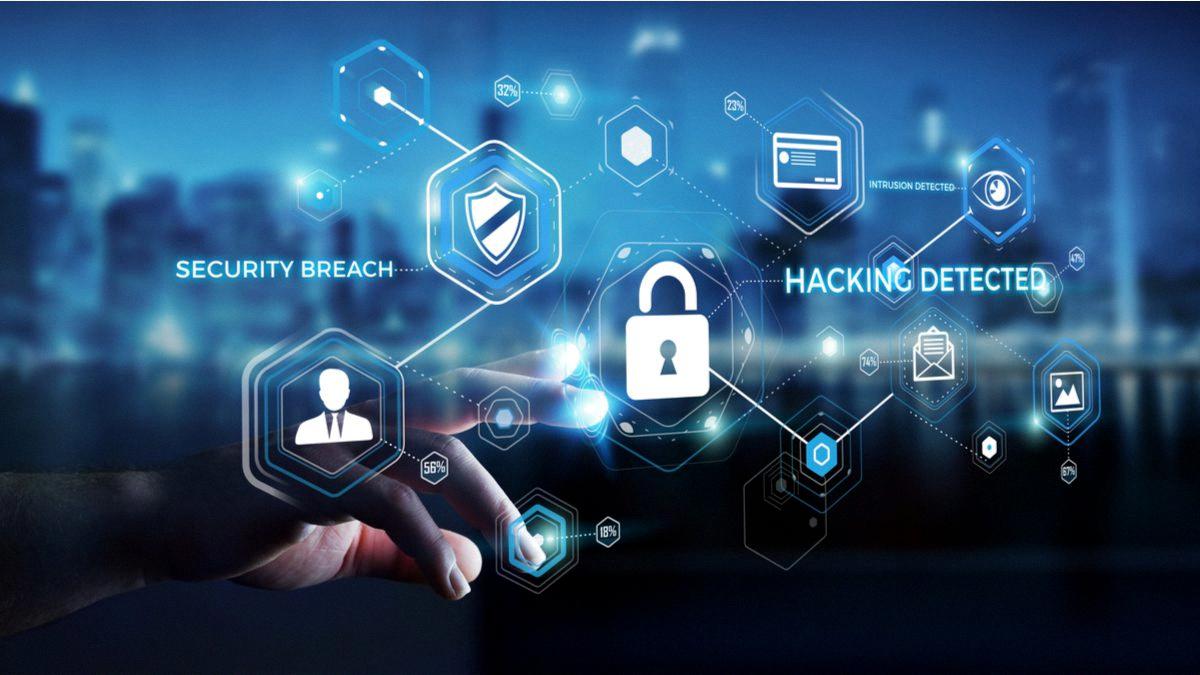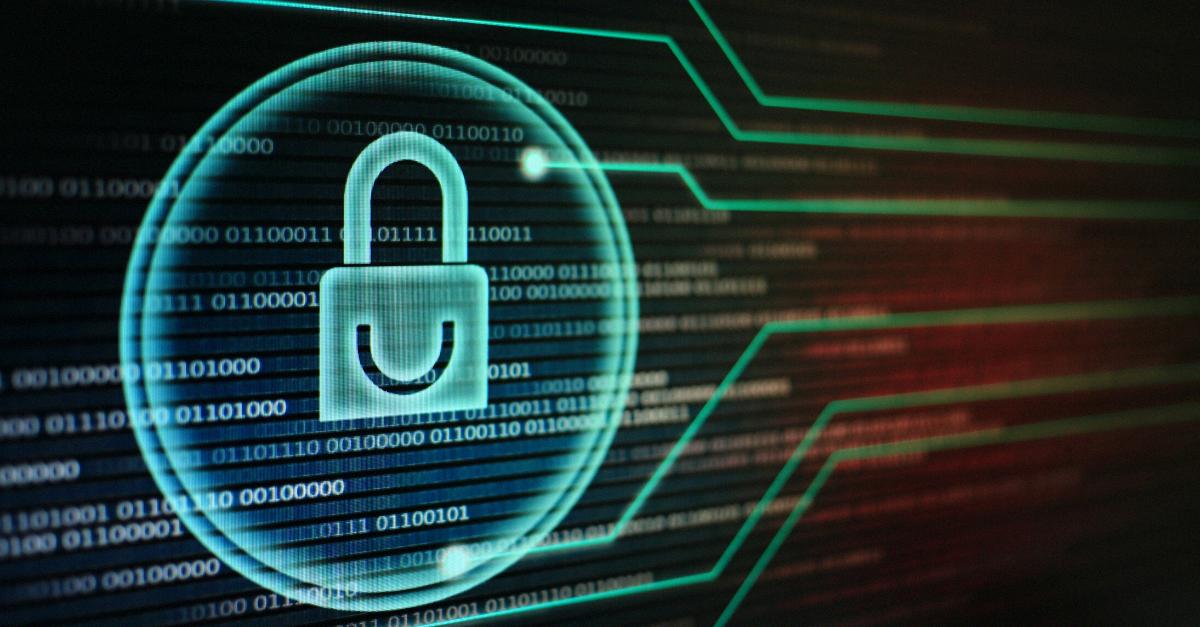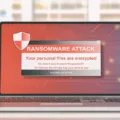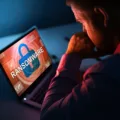Ransomware is a type of malicious software that is used to encrypt a user’s files and demand payment in exchange for the encryption key. It can be extremely costly, both financially and in terms of data loss, if it goes undetected and unchallenged. It’s essential that all businesses understand the risks involved with ransomware and take the appropriate steps to protect themselves.
One of the most effective ways to defend against ransomware is by taking regular snapshots. Snapshots are immutable copies of your system at a certain point in time, which can be used as a baseline for restoration if your system becomes infected with ransomware. Not only does this provide an additional layer of security against ransomware, but it also eliminates any bandwidth or network bottlenecks when backing up and replicating snapshots to another OneXafe cluster.
In addition to snapshot backups, it’s important that businesses use advanced malware protection to detect ransomware early on and prevent an attack from occurring in the first place. As mentioned before, most ransomware attacks arrive in the form of an email attachment or through unpatched operating systems. Therefore, it’s important to remain vigilant about patching your systems regularly and educating employees about phishing emails. Additionally, businesses should look for events that match a threshold condition such as remote access using RDP (Remote Desktop Protocol), or the presence of Mimikatz malware—which is designed to launch password-stealing attacks—in order to stay one step ahead of potential threats.
Finally, businesses should also consider running test ransomware attacks on their own systems in order to identify vulnerabilities before they become exploited by hackers. Although no system is ever 100% secure, taking these proactive steps will help ensure that your business is prepared should you become a victim of a ransomware attack.
Does Taking Snapshots Protect Against Ransomware?
Yes, snapshots can protect against ransomware. Snapshots are immutable, meaning they cannot be altered or corrupted. This makes them an effective defense against ransomware attacks since they provide a point-in-time backup of your data that is immune to the malicious changes made by ransomware. If you’ve been the victim of a ransomware attack, you can restore the system to its pre-attack state using your snapshot backups. Furthermore, since snapshots are stored in an immutable form and not sent across networks, there is no risk of bandwidth or network bottlenecks when replicating snapshots to another OneXafe cluster.

Source: accelerationeconomy.com
The Appearance of Ransomware
Ransomware is a type of malicious software (malware) that encrypts or erases data on a device, making it inaccessible to its user. Ransomware typically arrives on a device through an unexpected email attachment, malicious link, or another online attack vector. Once the malicious code is executed, it will start the encryption or data erasure process and then present the victim with a ransom note. The ransom note usually contains instructions for how to pay the ransom in exchange for access to their data. In some cases, the ransomware may block access to the entire system until payment is made. Ransomware also often includes a time limit for when payment must be made in order to receive access to the data again.
Detecting Ransomware
Yes, ransomware can be detected. Detection is the first defense against this type of malware and it can be done in several ways. For example, antivirus and anti-malware software programs can detect ransomware by scanning for malicious code in files. These programs often have signature-based detection capabilities, meaning they look for specific patterns known to be associated with ransomware. Additionally, network administrators or security professionals may set up firewalls or intrusion prevention systems to identify suspicious web traffic that could be related to ransomware. Finally, users can also monitor their system for any unusual behavior such as unexpected file encryption or a sudden decrease in system performance which could indicate the presence of ransomware.
Early Warning Signs of a Ransomware Attack
One of the earliest warning signs of a ransomware attack is a phishing email that contains an attachment. This type of attack is typically disguised as a legitimate business or government communication, and when opened, it will download malicious software to your computer. It is important to be wary of suspicious emails and never open any attachments from an unknown sender.
Another early warning sign is if your operating system has not been properly patched. Outdated or unpatched systems are vulnerable to exploitation and can be used by attackers to gain access to your computer and deploy ransomware. Therefore, ensuring that your system is up-to-date with the latest security patches is essential in preventing ransomware attacks.
Additionally, if certain events occur on your network that matches a predetermined threshold condition, this could indicate an attack is underway. Examples include unusually large amounts of network traffic or requests from unfamiliar sources. Monitoring thresholds and responding quickly when they are exceeded can help detect potential threats before they become more serious.
If you use remote access tools such as Remote Desktop Protocol (RDP), it’s important to secure them properly. Attackers can gain access to these tools if they aren’t configured correctly, which could lead to them deploying ransomware on your network. Be sure to implement strong authentication measures and monitor all RDP activities closely for potential threats.
Furthermore, the presence of Mimikatz on a system can also be a red flag for ransomware attacks. Mimikatz is a tool used by attackers to harvest credentials from computers and networks so that they can gain access without needing passwords or other authentication credentials. If you detect the presence of Mimikatz on any of your systems, take immediate action as this could be indicative that someone unauthorized may have gained access to your network or system in order to deploy ransomware malware.
Finally, performing test ransomware attacks using security testing tools can also help identify potential weak points in your infrastructure which an attacker might be able to launch an attack from in the future. Testing for vulnerabilities like these before they are exploited by real attackers can help you prepare better defenses against future attacks. Additionally, having inactive user accounts left open on the system may also provide attackers with easy entry points into the network where they can deploy the malware undetected—so it’s important that unused accounts are removed promptly in order to prevent any potential incidents from occurring due to them being left open too long.
Avoiding Detection: How Ransomware Attackers Evade Capture
Ransomware attackers often employ a variety of tactics to avoid detection and evade capture. One key factor is the use of sophisticated encryption techniques to prevent victims from accessing their files until the ransom is paid. Attackers may also leverage different strategies to conceal their malicious activities, such as using multiple proxies, employing cloaking techniques, and utilizing obfuscation methods. Additionally, attackers may utilize social engineering tactics to deceive users into revealing confidential information or downloading malicious software. Furthermore, attackers use cryptocurrency as a form of payment in order to remain anonymous and untraceable. Finally, ransomware attackers are able to stay one step ahead of authorities by leveraging zero-day exploits, which take advantage of security vulnerabilities that have yet to be detected.

Source: cisecurity.org
Removing Ransomware: Is It Easy?
No, unfortunately, ransomware is not easy to remove. Once it has infected a system, it can be very difficult or even impossible to remove without the help of a trained IT professional. Even if the ransomware is detected in time, restoring the system to its pre-infected state can be a long and arduous process. Additionally, some types of ransomware are designed to be especially difficult to remove and may require specialized software or malware removal tools. Therefore, it is important to take proactive steps such as regularly backing up data and keeping software up-to-date in order to minimize the risk of being infected by ransomware.
Does Ransomware Delete Files?
Yes, ransomware can delete files. It typically searches for the most commonly used folders and file types, such as Documents, Desktop, Recent, Favorites, Music, Videos, and Recycle Bin folders. Additionally, it can also format any available backup drives. As a result of this destructive behavior, ransomware can cause significant data loss and disruption to an organization or individual user.
Stopping Ransomware
There are several steps you can take to protect yourself from ransomware. First and foremost, it is important to maintain good security habits. This includes regularly updating your antivirus software and patches for your operating system, as well as being cautious when opening email attachments or downloading files from the internet. You should also be sure to back up your data regularly so that, if you do become a victim of ransomware, you will not lose any important information. Additionally, it is wise to identify assets that may be searchable via online tools and take steps to reduce that exposure if possible. Finally, consider using encryption for sensitive data as an extra layer of protection.
Most Common Way to Get Infected with Ransomware
The most common way to get infected with ransomware is through malicious emails, also known as phishing emails. These emails typically contain attachments that, when opened, will download and install malicious software on the user’s computer. This software will then encrypt the user’s files and demand a ransom payment in order for the files to be decrypted. Additionally, ransomware can be spread through drive-by downloading, which occurs when a user visits an infected website without knowing it and malware is automatically downloaded and installed onto their computer.
Conclusion
In conclusion, ransomware is a dangerous and disruptive form of malware that can cause serious damage to businesses and individuals. It is important to be aware of the early warning signs of a ransomware attack such as phishing attacks, unpatched operating systems, events that match a threshold condition, and remote access using RDP. Taking proactive measures to protect against ransomware is essential including creating regular snapshots which are immutable and therefore more secure from attacks. Utilizing ransomware detection tools can help detect threats before they cause damage and help prevent widespread infection operations.








